American History
Central America
history
Panama
rain forest
South America
trains
The Train That Built the Panama Canal and Shaped the World
5/17/2025There is honestly nothing like the Panama Railroad anywhere else in the world. Completed a mind-blowing 170 (!) years ago, its construction was a story of human endurance. Suffering deadly diseases and relentless exhaustion that claimed about 10,000 lives, workers continued to hack their way through impenetrable virgin jungle, endured torrential rains for eight months each year, and navigated political turmoil and staff shortage, all while relying on almost everything from construction materials to food shipped from New York and New Orleans. Such was the monumental cost of linking two oceans and making what would become the most vital transportation artery in the world. Shall we take a ride?
Panama has become almost synonymous with the Panama Canal, an engineering marvel whose construction, though no less laborious, has completely overshadowed the legacy of the Panama Railroad. Yet, without the railroad, I doubt the canal would have ever been built in the early 1900s. The iron path laid five decades earlier paved the way, quite literally and symbolically, for the canal to follow.
The timing of the Panama Railroad’s construction was no coincidence: it aligned with the largest territorial expansion in US history, the California Gold Rush, and, sadly, the great famine in Ireland. These events shaped its workforce, drawing unskilled laborers not only from famine-devastated Ireland but also from big cities like New York, Boston, and New Orleans, all seeking opportunity - or simply survival - on the Isthmus of Panama.
Construction of the Panama Railroad began in 1848 and was completed in 1855.
Though far from the longest railroad in the world at just 77 km / 48 miles, the Panama Railroad was arguably the most challenging to build due to hostile terrain and the constant threat of tropical diseases.
Shortly after its completion, the Panama Railroad played a very important role in the Union’s victory during the American Civil War in 1861-1865. It became a strategic transportation link, enabling the rapid transport of troops, weapons, and supplies from the eastern United States to the west - via Panama - at a time when no transcontinental railroad in the US yet existed and would not exist until 1869.
The first 18 months were by far the most difficult. The biggest challenge of the entire project was to cut through a vast mangrove swamp near what is now Colón, at the Caribbean terminus of the railway.
Torrential rains fell almost constantly, turning the ground into a swampy morass of 2 to 4 feet of mud and water. Mules and horses were useless in such conditions, so workers had to carry heavy loads on their shoulders. I can't imagine how difficult it was to work there.
But that was not the worst. Apparently, the air was thick with mosquitoes given the railroad had to be built through large equatorial swamps. Within weeks, workers were falling sick with malaria and yellow fever. The latter, also known as the "black vomit", was by far the cruelest killer. Once infected, you pretty much had a 50/50 chance to survive. But if a person survived, they would be immune to the yellow fever for the rest of their life. Not only treatment was non-existent, the scientists at that time had not yet discovered that both deadly diseases were carried by mosquitoes, and instead blamed filth.
Yes, Panama may seem like a paradise today, and it certainly is beautiful and vibrant, but it was hell to those constructing the railroad through a dense tropical forest with primitive tools like picks, axes, shovels, and wheelbarrows. Remember, it was time before the invention of heavy machinery and even dynamite.
Workers battled through dense, virgin jungle, with gigantic trees of up to 40 meters (130 feet) high. The heat was relentless, the sun overhead nearly vertical as Panama sits very close to the equator. This was draining every bit of energy from the laborers who had to work from dawn till dusk.
No worder, staff turnover was huge. Contracts rarely lasted more than six months due to the brutal conditions and deadly illnesses. Those who survived but were still sick were often returned back to the United States, as treatment in Panama was both difficult and costly. It became more and more difficult to recruit people to work there.
A lot of workers were so desperate, they often resorted to fleeing their job. When desertion became a serious issue, the railroad management sought the assistance from the Panamanian government (at that time, Panama was known as New Granada, a province of Colombia). The state stepped in promising to send all deserters to jail. The threat proved effective: some workers, perhaps considering their options, voluntarily returned to the job rather than risking jail time.
Close to the end of the construction, people worked in shifts around the clock to finish what would become one of the most remarkable engineering marvels of the 19th century. Yet, the final spike was driven quietly, in the middle of the night: no ceremony, no speeches, no fireworks.
An interesting event happened when the railroad extended just 13 km / 8 miles from Colón to Gatun. A few ships arrived from the Eastern United States, bringing gold seekers bound for California. When they saw the unfinished railroad, they immediately demanded a ride despite the fact that no passenger cars were in place. The railroad management, hoping to brush them off, set the fare at a cost-prohibitive $25 ($1,000 in today's dollars). To their surprise, people agreed to pay the fare! That short stretch would save them an entire day of travel by stagecoach or on foot, and they were more than willing to pay the price for speed and relief.
The total construction cost of the railroad reached around $8 million in 1855, or roughly $165,000 per mile, making it one of the most expensive railroads of its time. Since the construction was done with private money, the investors wanted to get their cash back as quickly as possible. The very high transportation fares made the railroad's shares to hold the highest value on the New York Stock Exchange until the completion of the Union Pacific Railroad in 1869. That's the best explanation of what a monopoly is with no government oversight!
Ok, that's all good news, but for the United States. What about Panama? Unfortunately, despite granting 300,000 acres of land to build the railroad and high hopes that the railroad would bring economic prosperity for Panama and its people, the reality was quite the opposite. Once completed, the railroad would bring high unemployment and overall depression. Ship passengers were so eager to move quickly from one coast to the other, they bypassed Panama City and Colón entirely. They no longer needed local hotels, restaurants, or services. All they needed was a quick transfer from ship to train and back to ship.
Between 1909 and 1910, the Panama Railroad became a workhorse of epic proportions helping move over 300 million tons of rock and earth with 200 trains each day. Wow! How long would it have taken to build the canal without the railroad and would it have been achieved at all?
In 1979, US President Jimmy Carter officially transferred control of the Panama Railroad to the Panamanian government. After years of neglect and decline, Panama sold the railway in 2001 to a joint venture between two American companies - Kansas City Southern Railroad and Mi-Jack Products. The new owners invested $80 million into its reconstruction and modernization and renamed it to the Panama Canal Railroad.
In 2023, Canadian Pacific became the new owner of the Panama Canal Railroad through its merger with Kansas City Southern. But the story didn’t end there. Most recently, in April 2025, the railroad changed hands once again - this time acquired by global shipping giant Maersk.
After reading The Panama Railroad by Peter Pyne, my main source for information in this article - and watching several documentaries, I was beyond excited to finally ride this legendary train. Experiencing the unforgiving terrain of the Panamanian jungle firsthand was definitely a thrill, even if it no longer feels quite as sinister as it once did. And in case you're wondering - I didn't see a single mosquito not just on this train journey, but on my entire trip in Panama!
The train runs parallel to the Panama Canal and offers spectacular views of huge ships and canal infrastructure such as locks, lighthouses, and so forth. And of course, the vast expanse of Lake Gatun which submerged much of the original railbed when the canal was built in 1914.
I was completely caught off guard when we rolled past a massive, horrendous building in Colón, only to realize later on it was a jail. Dozens of people waved at us from barred windows as we passed. Since the train only runs once a week, it’s probably one of the few attractions they get to see.
The train itself is a time-capsule. The luxury cars, originally built in the 1950s for the Alaska Railroad, were beautifully refurbished in the early 2000s. Today, the train operates on Saturdays, with a roundtrip journey taking about three hours.
Inside the train, the experience is just as memorable. From the panoramic dome views and open-air decks to the warm hospitality of the all-female crew who serve complimentary coffee, branded snack boxes, and even sing and play music. I think it's fair to say that the journey is as charming as it is scenic.
It’s hard to overstate the historical significance of the Panama Railroad and its lasting impact on the global economy. When you order a cheap T-shirt from Shein or a two-for-one phone case from AliExpress, chances are your parcel passes through the Panama Canal, a feat of engineering that wouldn’t exist without the railroad that came before it. Global trade still leans heavily on a handful of bold, sweat-and-blood-built engineering marvels like this one. Riding that train through the heart of Panama was not just a scenic journey - it was a humbling reminder of the human ambition that shaped the world we live in today.







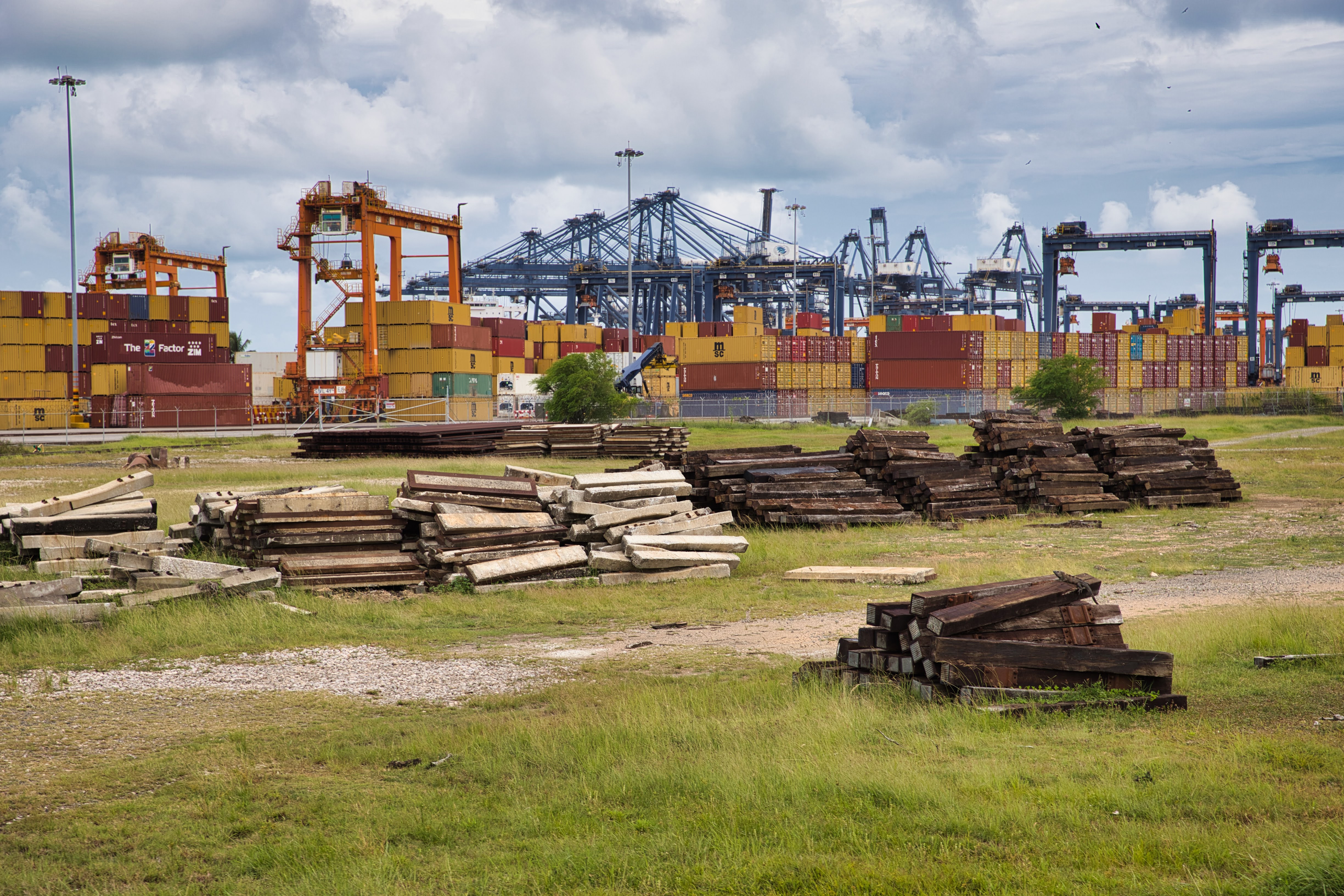








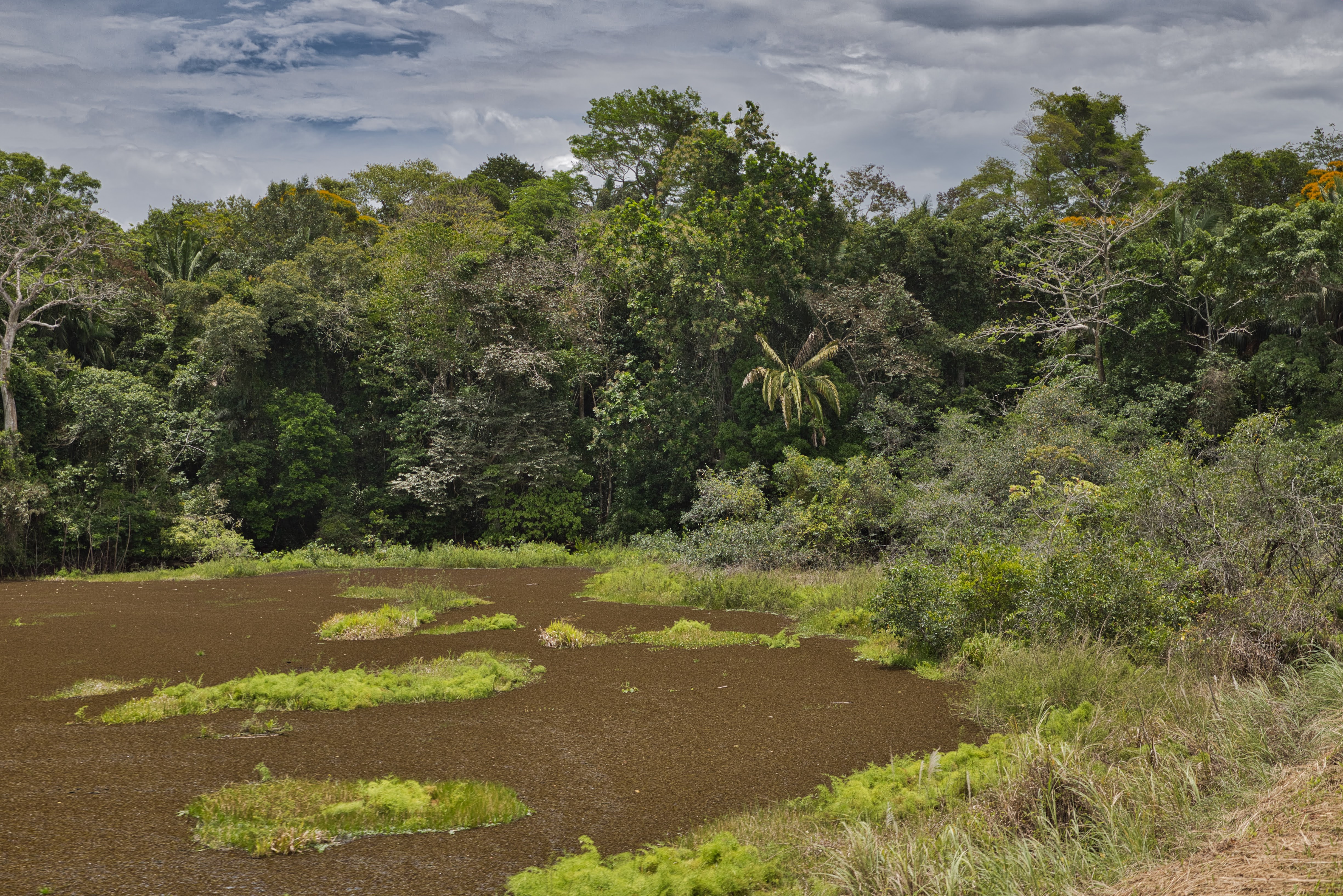

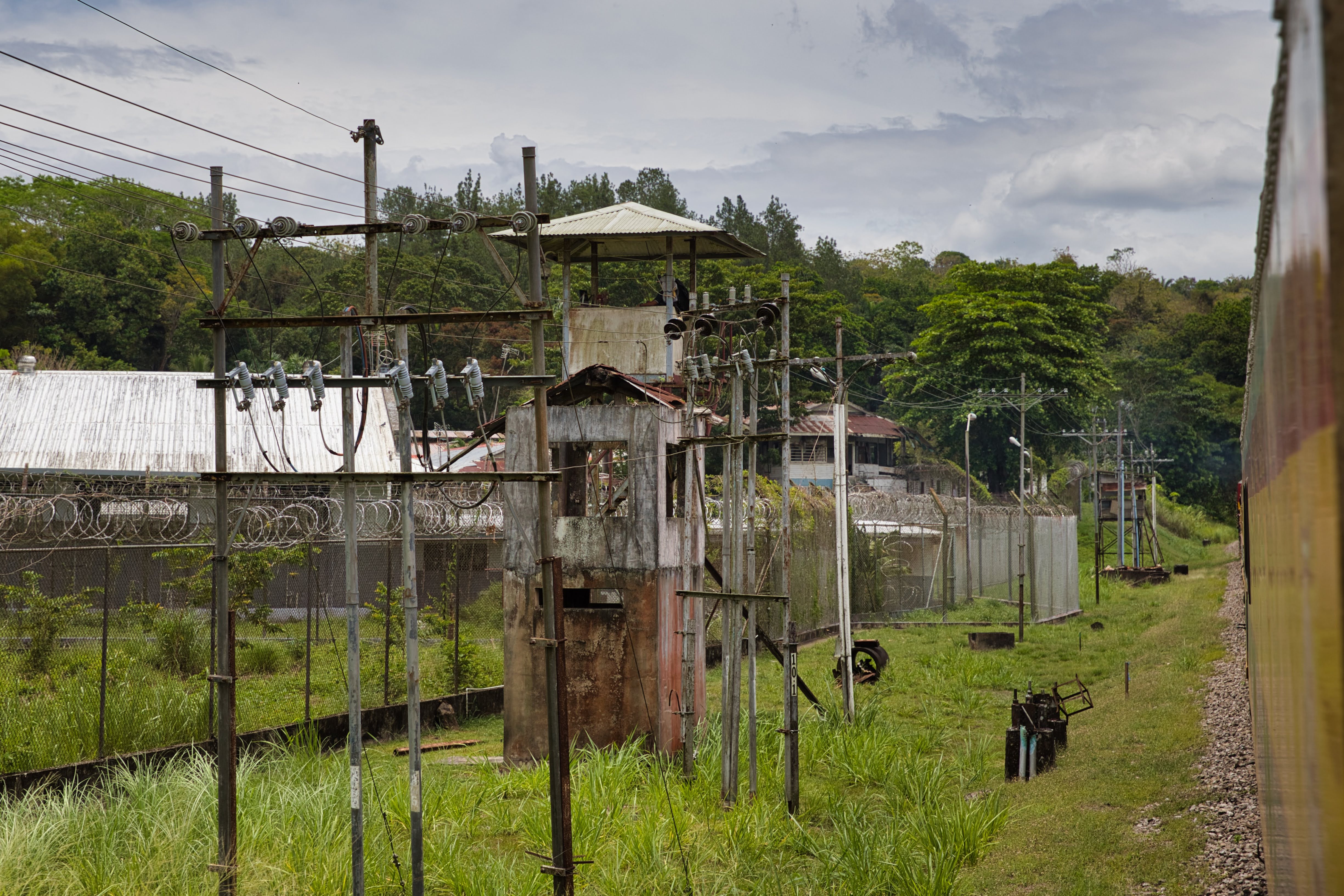

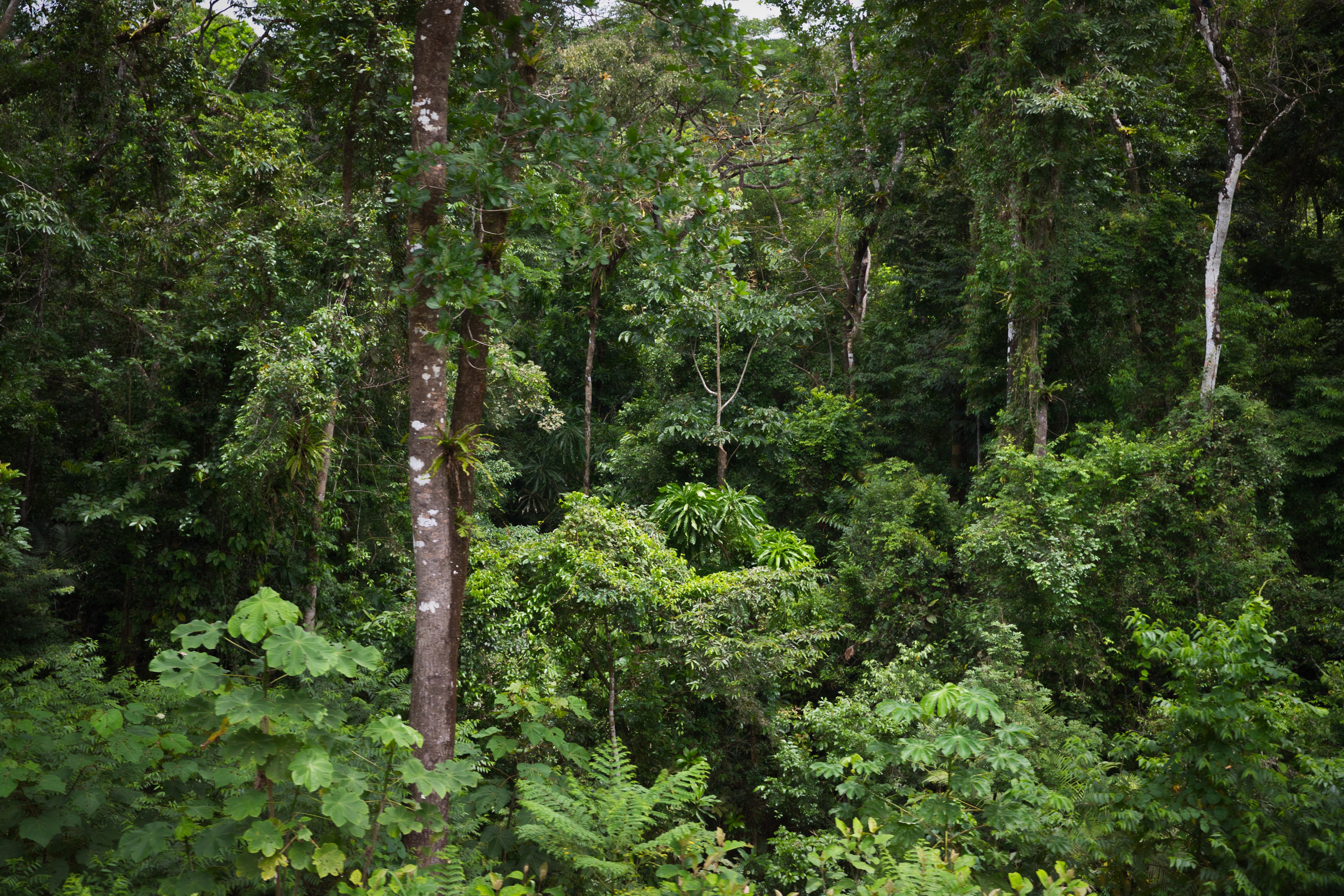



























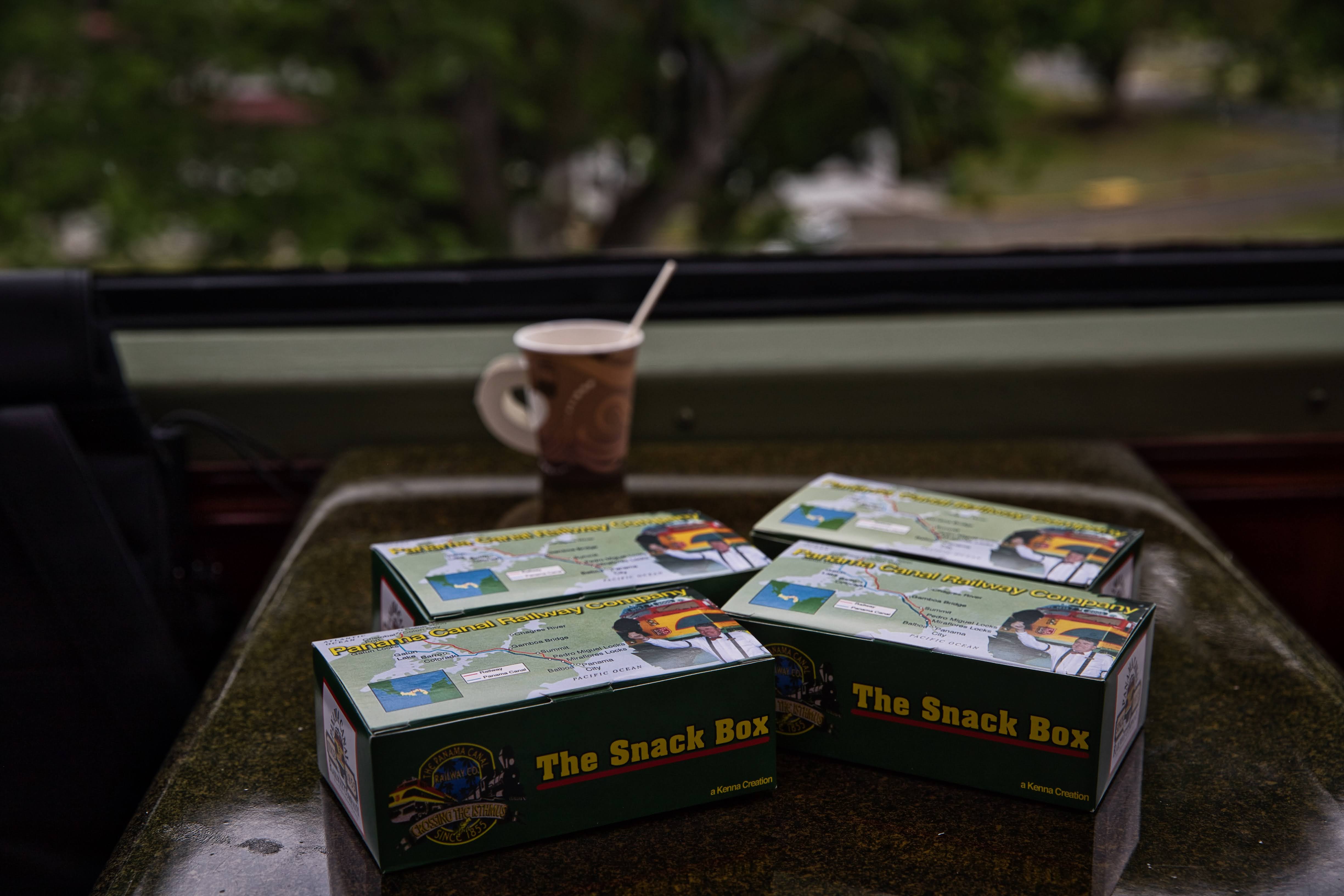



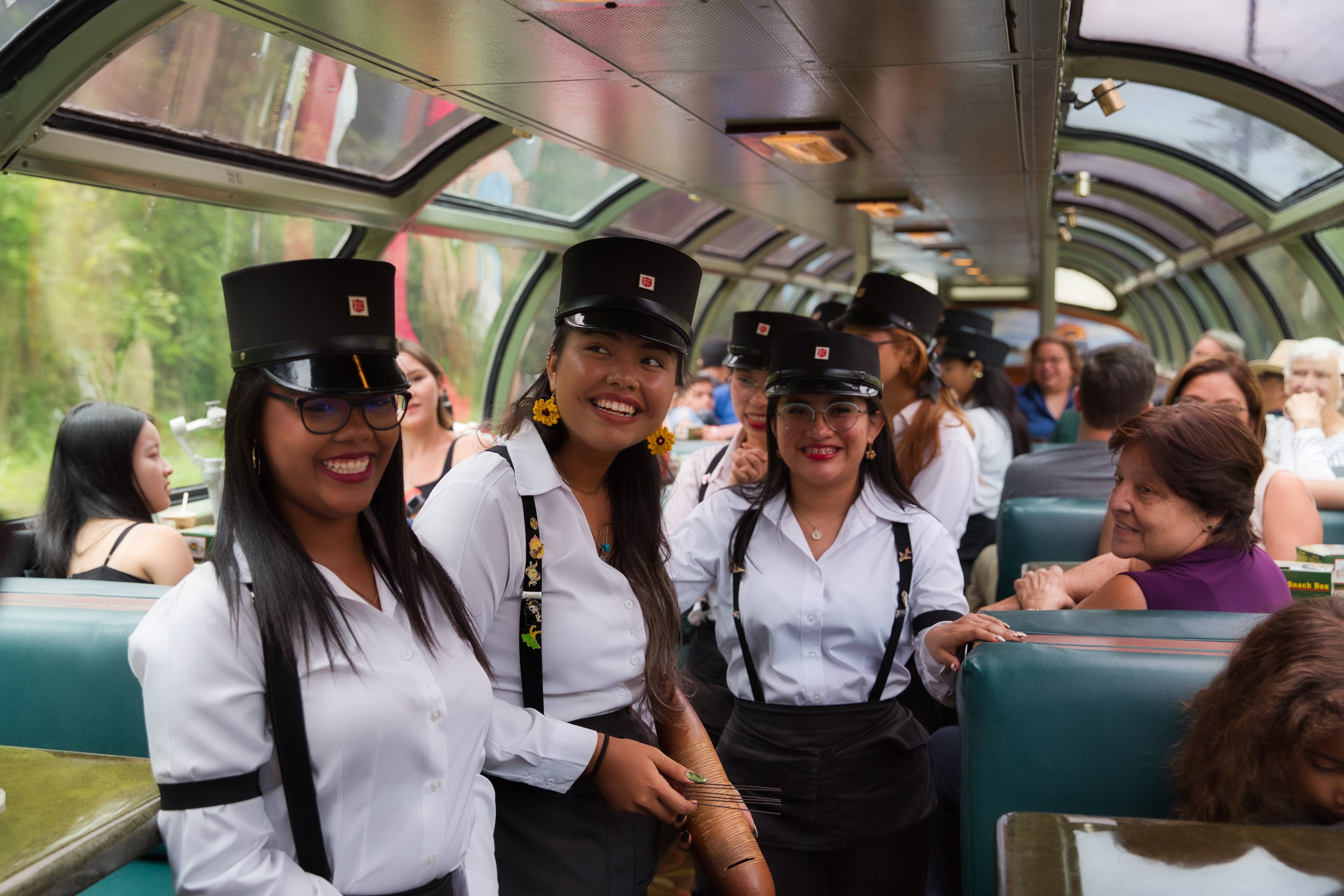

0 comments